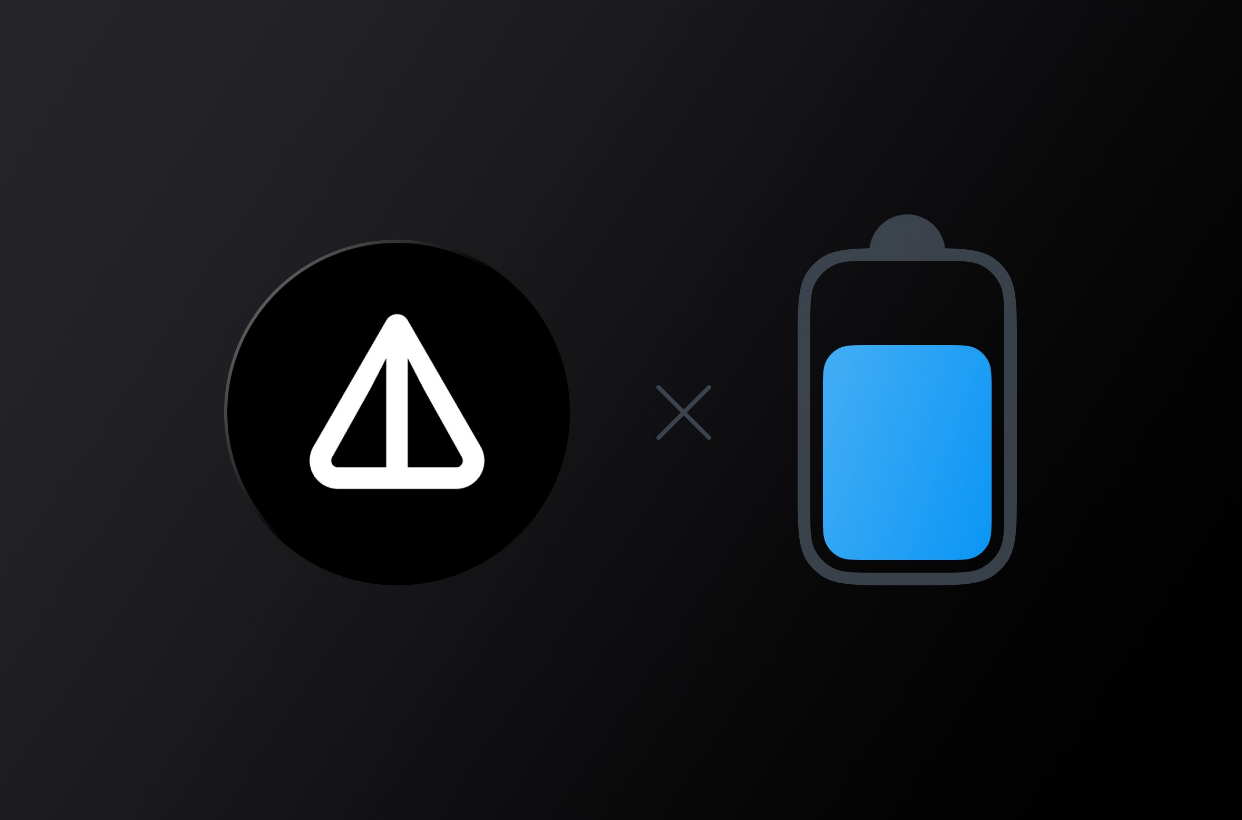
One of the most popular ways to make money in the cryptocurrency sphere at the moment is cryptocurrency mining and token staking. Today we will analyze what is better – mining or staking.
The average net profit from bitcoin mining from one piece of equipment is about 10-15 thousand rubles per month (depending on the type of equipment and the region). With such profitability, the average payback period is about 7-9 months.
The return on staking tokens depends on the project you are involved in. For example, we discussed the idea of staking the ATK token (Attack Wagon project) in one of the posts in our private telegram channel.
In this project, the average yield, excluding the growth in the cost of the token itself, is about 40-100% per annum (depending on the selected pool and the total staking period). This level of profitability is generally comparable to mining, however, it does not require time costs and additional financial investments for the purchase and installation of equipment.
In order to understand how mining differs from staking, why they are needed, and how it is related to the blockchain, we need to get acquainted with the concept of “consensus algorithms”.
The consensus algorithm is a certain set of rules by which blocks are generated in the blockchain. Depending on the chosen algorithm, new blocks in the blockchain can be created either through mining or staking.
The most well-known algorithms at the moment are the proof-of-work (PoW) and proof-of-stake (PoS) models. So, as part of the proof-of-work consensus, the creation of new blocks occurs through mining, and when using the proof-of-stake algorithm, as the name implies, through staking.
How does the proof-of-work algorithm work?

Proof-of-work is a consensus algorithm that was first applied to Bitcoin.
The implementation of the PoW scheme takes place with the participation of miners who, by solving mathematical problems, create new blocks in the blockchain and confirm all transactions that occur within them. For the successful solution of a mathematical problem, the miner receives a reward – new coins of the blockchain network.
Within the framework of this concept, success in solving a mathematical problem directly depends on the amount of resources that the miner uses. The more resources he has, the higher the probability that he will be the first to solve the problem and receive a reward.
How does the proof-of-stake algorithm work?

The PoS algorithm has been introduced as a direct alternative to PoW. The main task of PoS is the functioning of the algorithm, devoid of the shortcomings of the proof-of-work system, which we will discuss later.
The PoS algorithm does not require miners, and it does not need to use operational resources in such large volumes as for PoW. Instead, new coins in the system are mined through staking, a mechanism by which new blocks are added to the blockchain based on proof of ownership of the network’s cryptocurrency.
By analogy with proof-of-work, participants in the proof-of-stake system receive rewards. The more coins you have staked, the more likely it is that you will get the right to create a new block and receive a reward. Working with the PoS algorithm is in many ways similar to working with PoW, with the only difference that you do not need to spend resources on purchasing any equipment that is subject to wear and tear.
Differences between Proof-of-Stake and Proof-of-Work
The obvious advantage of Proof-of-Stake over Proof-of-Work is that it does not require huge amounts of electricity from miners, making it much more efficient. But this is not its only merit. It also enables the implementation of next-generation governance systems, for example by allowing network participants to participate in the choice between hard and soft forks.
In terms of the superiority of PoS over PoW, it can be said that an attack on the network requires a huge amount of coins, which essentially makes it inappropriate for the owner of the same coins, since he (they) will suffer from this attack in the first place.
At the same time, PoS encourages the accumulation of coins in one hand, which can negatively affect the decentralization of the network. If there is a miner or a group of miners who will concentrate most of the network resources in their hands, then he (they) will be able to dictate their rules to the rest of the network participants.
Conclusion
After the transition of Ethereum to PoS, many projects thought about such a solution. Mining consumes a huge amount of electricity, in turn, staking practically does not consume it.
Mining requires a lot of investment. It all depends on your budget. If funds allow – you can do mining. If not, staking.
Read more articles about cryptocurrencies and mining at CRYPTO-WALLETS.ORG.
The Telegram channel about cryptocurrency and mining Bitcoin, Ethereum, Monero and other altcoins:


